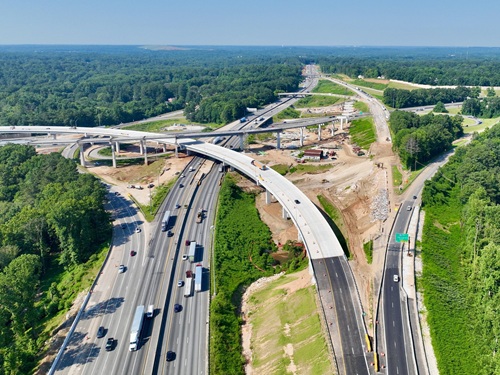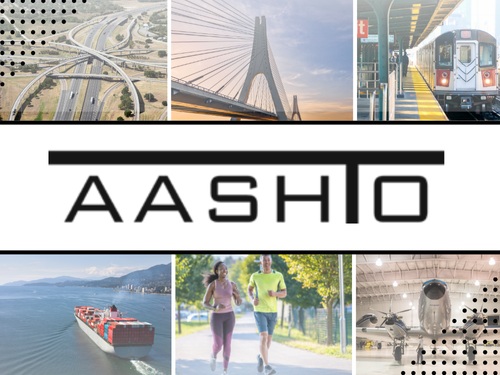The American Association of State Highway and Transportation Officials recently commented on the “Public Rights-of-Way Access Guidelines” or “PROWAG” components within a notice of proposed rulemaking or NPRM issued by the U.S. Department of Transportation in late August.
[Above image by Connecticut DOT]
That rulemaking – officially entitled “Transportation for Individuals with Disabilities; Adoption of Accessibility Standards for Pedestrian Facilities in the Public Right-of-Way” – would adopt PROWAG standards issued by the Architectural and Transportation Barriers Compliance Board into USDOT’s Americans with Disabilities Act or ADA regulations.
“AASHTO and state departments of transportation are supportive of the long-awaited adoption of the PROWAG in order to provide transportation agencies with solid, researched solutions for accessibility within their transportation corridors and ensure consistency across the country in the application of accessibility features within the streetscape,” the organization noted in its comment letter.

“Completion of the rulemaking process will clear up the existing ambiguity about what standards should be used to design and operate transportation facilities in the right-of-way,” AASHTO said.
The organization stressed, however, that USDOT needs to provide additional guidance on what constitutes “alteration of a transit stop” as whether alterations include elements such as maintenance activities, erecting or replacing signage, installation of street furniture such as a trash can or bench, repairing or replacing an existing concrete pad or concrete curb, and repaving.
Additionally, AASHTO said implementation of PROWAG provisions may require changes to right-of-way, drainage, signal and marking design, pedestrian paths, or even relocation of a proposed or existing transit stop in projects that are nearing final design approval. Depending on the extent of the necessary changes, construction could be delayed by a year or more to accommodate any changes that may need to occur.
“AASHTO recommends an effective date for projects that have not reached final design be set for at least 12 months after publication of the final rule,” the organization said.
AASHTO also expressed concern that a “blanket restriction” on transit vehicles stopping in travel lanes for boarding and alighting will also prohibit transit stops that do not have vehicles or bicycles passing to the right of the stopped transit vehicle.
“Having a transit vehicle stop for boarding and alighting along curb extensions or bus bulbs is a common occurrence in many urban and dense suburban areas and is frequently the only option available to provide transit service to a corridor,” the organization said. “As this type of stop is much more common than the type with a completely separated island, a prohibition may have significant impacts to transit accessibility and operations overall because placement options for transit stops will be severely limited or impossible in certain areas.”
AASHTO recommended that USDOT continue to allow transit vehicles to stop in travel lanes and also recommended that the agency conduct a separate rulemaking process for any requirements beyond what PROWAG establishes.
“Additional restrictions on transit stop placement will have a significant impact on the safety of all roadway users,” AASHTO stressed. “USDOT must provide an opportunity for the public to provide input on any proposed restrictions.”
 Top Stories
Top Stories
How Rising Construction Costs Could Impact Reauthorization
November 14, 2025 Top Stories
Top Stories

